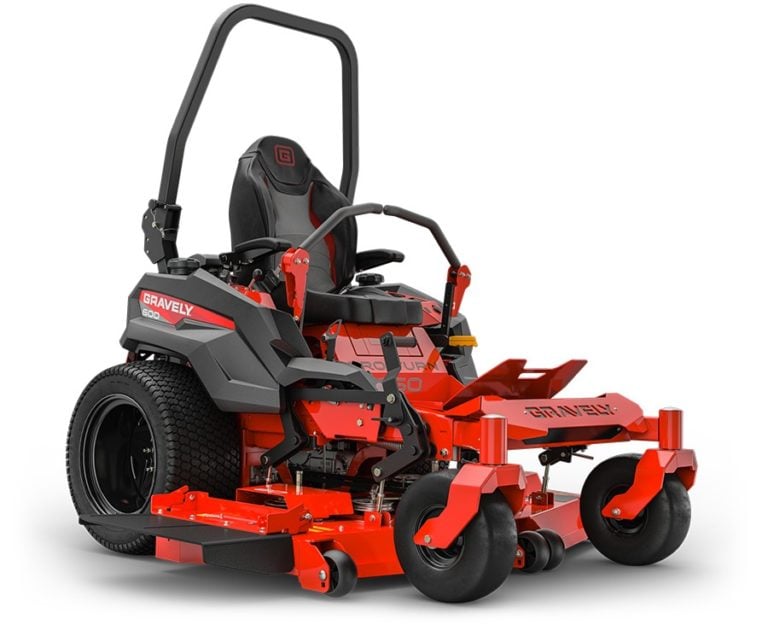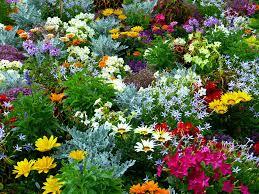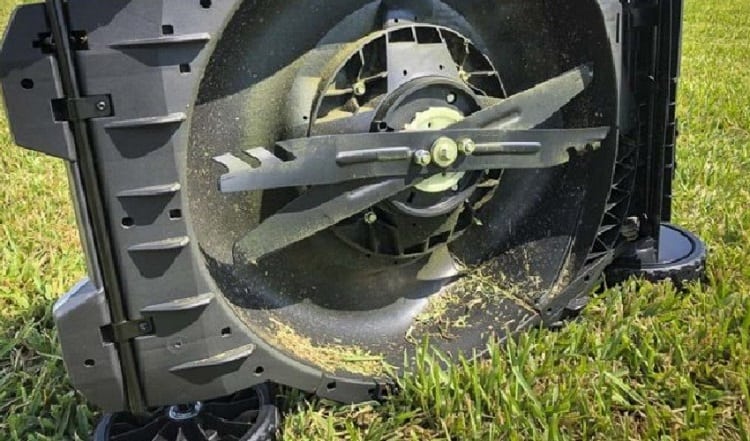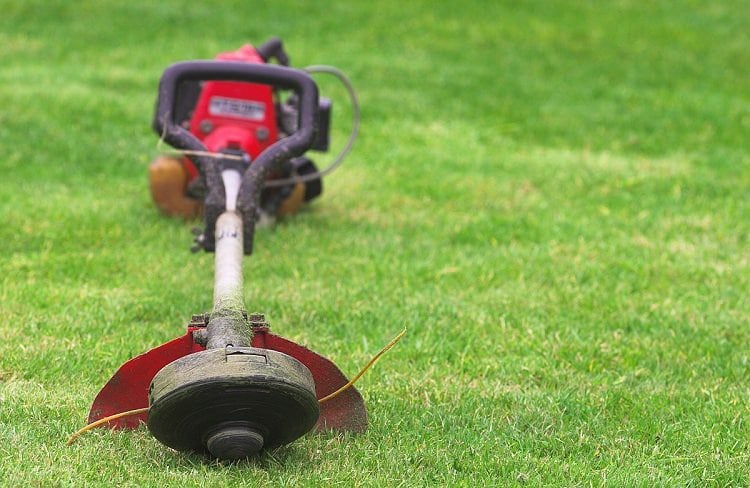Say Green All Year with the Best Evergreen Trees
Our recommendations for the best evergreen trees to plant are the Thuja Green Giant Arborvitae and the Planting White Pine Sapling Trees. Our choices are both fast-growing. They can serve other uses besides just being an attractive tree. They offer cover and nesting places for wildlife and birds. Read on to learn more about how to pick the best evergreen for your site.
Our Top Picks for the Best Evergreen Trees
[wptb id="8115" not found ]What You Need to Know about Choosing a Tree
Spread and size are two essential factors to consider when buying a tree. The tree must fit in the space you have set aside for it. That means now when you plant it and down the road when it’s fully grown. Once a tree has set down roots, it’s a permanent thing—unless you cut it down. In this case, size matters. Measure both the height and width of your space.
Plant Hardiness Zones
Knowing your area’s plant hardiness zone gives you an essential piece of information. It tells you what winter extreme temperature your tree must endure. Some trees adapt to a wide range of temperatures. Others are more picky, preferring a specific set of conditions. As a general rule of thumb, the more growing zones a tree tolerates means greater adaptability to different environments.
While it’s helpful information, it doesn’t tell the whole story. It doesn’t go the other way to the other extreme which is also challenging. Even within a single zone, conditions can vary greatly. So, you need to consider the local factors that can also affect the growth and survival of your trees. In many cases, these are the deal breakers for choosing a suitable tree.
Choosing an Evergreen
While many of the same things apply to both deciduous trees and conifers, evergreens have a few other factors that you will need to consider. They include things that you can control such as soil chemistry as well as ones that are more difficult to remedy like sun exposure. You’ll have your best success with a tree that matches your site’s particular conditions.
Soil Chemistry
Soil properties can directly impact the health of your evergreen. Coniferous evergreens prefer soils on the acidic side as a rule. The pH of these soils is under 7.0. But for every rule, there is an exception. Arborvitae can also tolerate soils with a pH up to 8.0 on the alkaline side. You’ll need to amend alkaline soils frequently, so that this factor may be a game changer.
The way to determine your soil’s pH is with a soil test. You can find these kits online or at your local garden center. Besides pH, you can also learn about its nutrient profile. This information is valuable. You’ll know if you need to amend your soil before planting evergreens. For example, you’ll need to treat alkaline soils before planting acid-loving firs and pines.
Moisture Needs
The moisture needs of evergreens vary with the species. Some evergreens have shallower roots than deciduous trees like oaks. That means that evergreens may be prone to heat stress during the drier summer months. That’s an important consideration that could mean extra maintenance on your part to keep the soil moist. Likewise, some evergreens prone to winter damage may need extra care.
Sun Exposure
The amount of sunlight your site gets is another critical factor. You can’t turn a shady site into one with full sun that easy. It’s a smart approach to consider each evergreen’s need for sunlight. Then, choose ones that match what your site can deliver. Remember that a tree that prefers full sun will fail to thrive if it doesn’t get enough light. The same applies to one that prefers shade.
This video by the University of Wyoming Extension provides an overview of the different types of evergreens and some of the varieties suitable for the West.
Other Pressures
You should also think about the other conditions that your evergreen may have to endure. Environmental stressors like road salt or surface runoff could present problems. But these pressures aren’t limited to manmade ones. Other pests can make certain sites challenging for evergreens to grow. They may also eliminate some choices.
Deer, for the most part, will avoid evergreens. There are some notable exceptions. They will occasionally cause severe damage to evergreens such as Eastern hemlock and Fraser fir. Many varieties of arborvitae attract deer. If your area has a high concentration of deer, you may want to consider other trees. Once they’ve found your trees, it could become an ongoing problem.
Some evergreens are unsuitable in some places for other unexpected reasons. You should not plant white pines near areas with gooseberry or currant bushes. The latter acts as a secondary host for white pine blister rust, a deadly fungus.
Other Uses and Features
A standout benefit of many evergreens is the fact that they can serve many other uses. Of course, they function as an ornamental tree with needles that provides year-round color. A stand of white pines makes a striking silvery landscaping element. You can make your evergreen a feature in your front yard to take advantage of its welcome color.
They may also act as privacy trees or wind screens too. A row of arborvitae will quickly create a green wall that will fit into any landscape design. They have other uses too. Many evergreens provide a reliable source of food and cover for wildlife. If you feed birds during the winter, an evergreen tree in your yard makes sense. And the pleasant scent of evergreens only adds to their benefits.
Our Recommendations: Thuja Green Giant Arborvitae and Planting White Pine Sapling Trees
We took several things into account when looking for the best evergreens. A broad range of acceptable zones was high on our list. We also wanted an evergreen that could adapt to a wide range of environmental conditions. As the previous discussion stated, the local factors of your microclimate play a major role.
The Thuja Green Giant Arborvitae fit our criteria for the best evergreen. It can tolerate a range of pH levels. Its dense, columnar form does double duty as both a privacy screen and cover for wildlife. It grows fast, so you’ll have both in no time. Pay attention to the term giant. Arborvitae can get up to 15 feet tall. If you want to block unpleasant views, this tree offers a good choice.
The Planting White Pine Sapling Trees have a lot going for them as our second pick for best evergreen. They are tolerant of Zones 3 through 8. It can adapt to a range of soil conditions. And like the arborvitae, it makes a good choice for wildlife. Like arborvitae, pines grow quickly if you prefer a fast-growing tree. Besides, can anything beat the sound of wind through white pines? Magical!
Choosing an evergreen for your landscaping means finding the right fit. It involves matching the soil and environmental conditions to meet the needs of the tree. Taking the time to research your choices is a smart way to ensure you get the best evergreen tree that will handle any local pressures or demands. It’s time well spent on the green needles of this landscaping investment.





